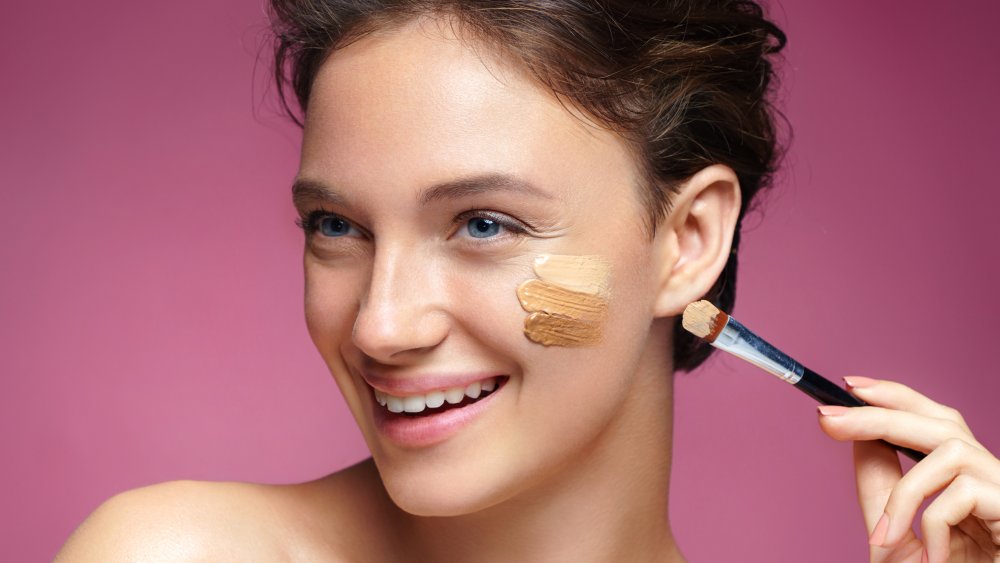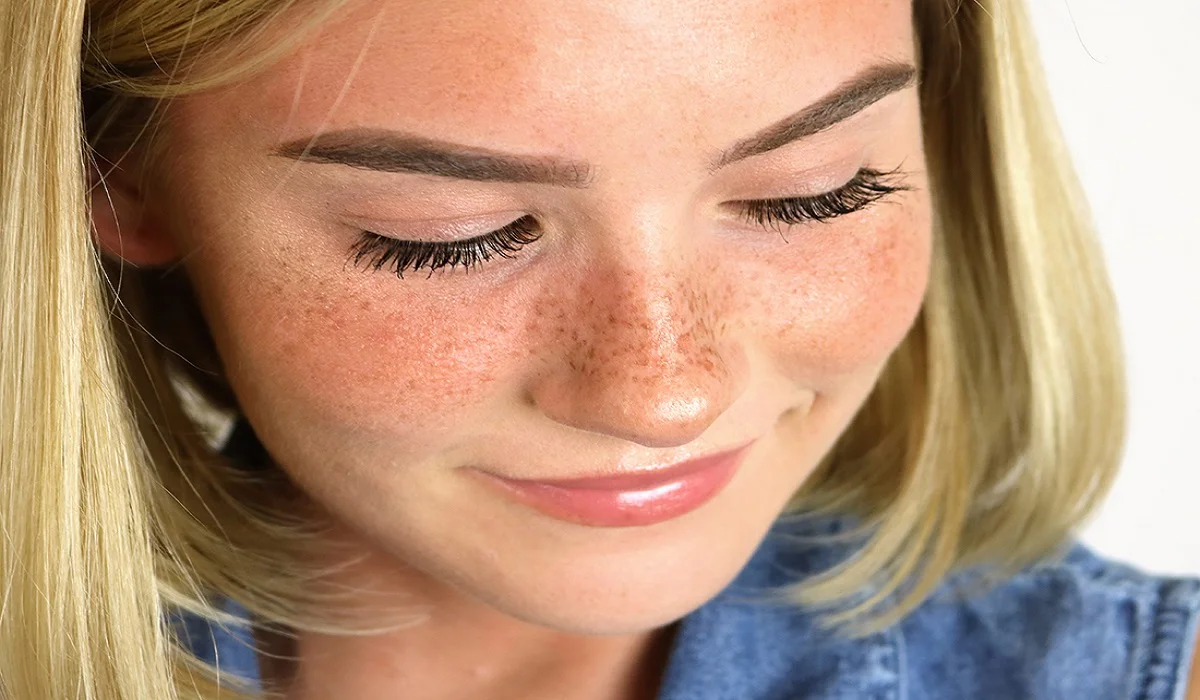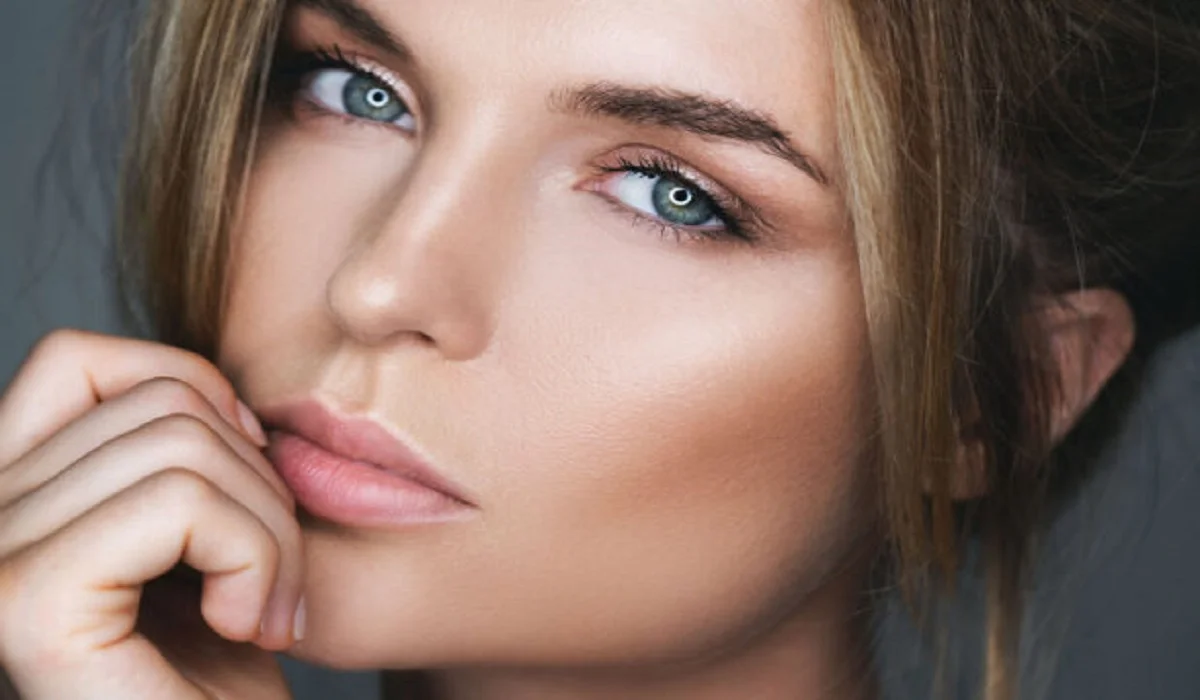Embarking on the journey of dyeing your hair with henna can be both exciting and daunting. Henna, a natural dye made from the leaves of the Lawsonia inermis plant, offers a chemical-free option for coloring your hair, providing rich, long-lasting hues and a host of hair health benefits. This guide will walk you through each step of the process, ensuring that you achieve beautiful results with henna.

Understanding Henna
What is Henna?
Henna is not just a hair dye; it’s a centuries-old plant-based pigment that has been used for body art and hair coloring across various cultures. It’s celebrated for its natural coloring properties and conditioning benefits.
Benefits for Hair
Beyond imparting vibrant color, henna strengthens, conditions, and nourishes the hair, reducing dandruff and promoting hair growth.
Types of Henna
Pure Henna
Pure henna yields a red-orange color and is free from any additives, making it the best choice for those looking for a natural option.
Henna Mixes
For a wider range of colors, henna is often mixed with other natural dyes. It’s important to choose mixes free from chemicals to maintain the natural benefits of henna.
Preparing Your Hair for Henna
Assessing Hair Type and Condition
Your hair’s starting color, type, and condition will affect how henna appears and should guide your preparation process.
Pre-Dye Preparations
Preparing your hair involves clarifying to remove buildup and testing the henna on a small hair section to predict the outcome.
Mixing Henna for Hair Dye
Ingredients Needed
You’ll need high-quality henna powder, acidic liquid (like lemon juice), and optional natural additives for enhanced effects.
Step-by-Step Mixing Guide
Mixing henna is an art; achieving the right consistency is crucial for easy application and optimal dye release.
Application Process
Sectioning Hair
Dividing your hair into sections ensures thorough application and even color.

Applying Henna
Apply the paste from roots to tips, using gloves to protect your hands from staining.
Tips for Even Coverage
Ensuring even coverage is key to achieving uniform color and avoiding patches.
How to Dye Hair with Henna?
This comprehensive guide demystifies the process, making it accessible for first-timers and those looking to perfect their technique.
Post-Application Care
Washing Out Henna
Washing out henna requires patience and gentle care to preserve the color and avoid stripping the hair’s natural oils.
Hair Care After Dyeing
Post-henna care involves hydrating treatments and avoiding harsh chemicals to maintain the color and health of your hair.
Troubleshooting Common Henna Hair Dye Issues
Uneven Color
Adjusting your application technique or mix can help achieve more uniform results in future applications.
Dryness after Dyeing
Incorporating natural oils and deep conditioning treatments can combat dryness associated with henna.
Environmental and Health Considerations
Natural and Safe Dyeing Options
Choosing henna for hair coloring supports environmentally friendly and health-conscious beauty practices.
Dyeing your hair with henna is a rewarding process that not only beautifies but also benefits your hair health. By following these detailed steps, you can achieve stunning, natural-looking color and embrace a more sustainable approach to hair care.
Can henna cover gray hair? Yes, henna can effectively cover grays, offering a natural alternative to synthetic dyes.
How long does henna color last? Henna dye can last anywhere from 4 to 6 weeks, depending on your hair type and how often you wash it.
Is henna safe for all hair types? Henna is generally safe for most hair types, but it’s always recommended to do a strand test first.
Can I use henna over chemically treated hair? While henna is safe for use on chemically treated hair, results may vary. A strand test is advised to check for compatibility.
How can I achieve different colors with henna? Mixing henna with other natural dyes like indigo can produce a range of colors from red to deep brown and black.








